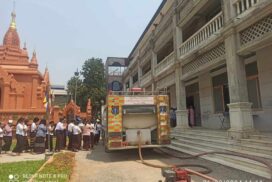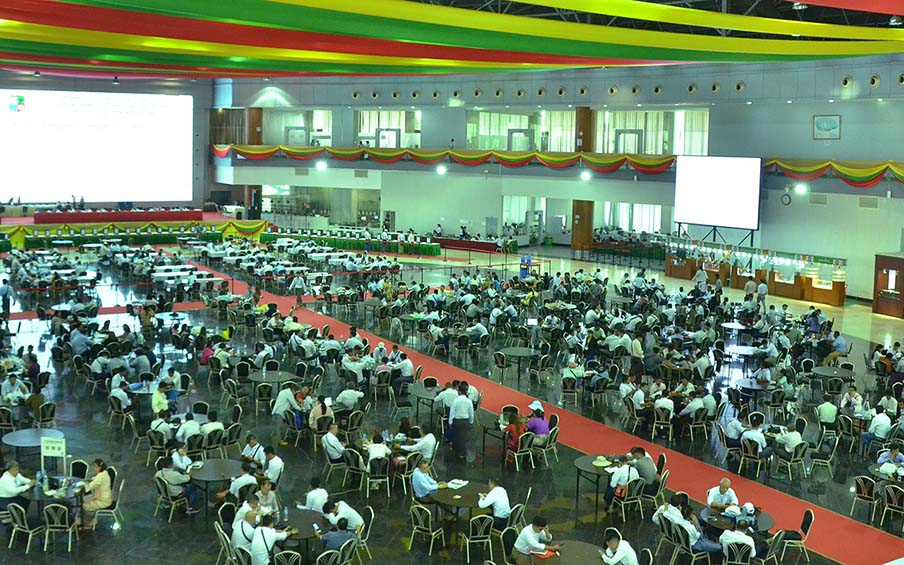M yanmar predominantly relies on rainwater in many regions, accumulating over 200 inches of rainfall annually, particularly during the monsoon season. The delta region receives around 100 inches, while coastal areas experience approximately 200 inches annually.
The collected rainwater is stored in various natural reservoirs, including lakes, rivers, creeks, and hilly areas. Additionally, manmade structures such as lakes, reservoirs, and dams contribute to routine water supply. Earthen lakes, meticulously dredged by residents, are vital drinking water sources. However, water from other natural sources undergoes treatment in dedicated plants to meet the required standards for public consumption.
Authorities in different regions and states emphasize the importance of water supply for both public use and agriculture. Irrigation facilities, crucial for crop cultivation, are as significant as meeting the water needs of the general population. Exploring water sources and utilizing treated water for the people are key components of these efforts.
While rain-fed areas in the country generally do not face severe water shortages throughout the year, certain dry regions, particularly in the central part of Myanmar, encounter water scarcity, especially during the open season and summer. Residents in these arid zones not only grapple with water shortages but also contend with higher temperatures compared to other areas.
Addressing these challenges is imperative to alleviate the suffering of the affected population. Relevant government departments are actively sinking tube wells and dredging earthen lakes to store and supply water in these regions. Ongoing efforts aim to provide essential water supply facilities to mitigate the hardships the local communities face.
Furthermore, improving the climatic conditions in arid zones hinges on strategic reforestation and forest conservation efforts. A systematic approach to timber extraction, coupled with regrowth initiatives, ensures a balance that does not harm the climate of the relevant regions. Moreover, such actions contribute positively to water storage in these areas.
Concerted efforts at various levels are crucial to solving water shortage problems and mitigating the impacts of dry zones in Myanmar. The government’s initiatives in sinking tube wells and dredging earthen lakes, coupled with reforestation measures, collectively aim to transform the water supply scenario and enhance the overall climatic conditions in arid regions.
That is why not only the governments at different levels but also residents have to widen their scopes of knowledge to sustain the climatic conditions with extraction and reforestation measures in equal balance and emphasize storage of water by all means for local consumption and agricultural purposes so as to change socioeconomic life of residents from arid zones of Myanmar in the future.














